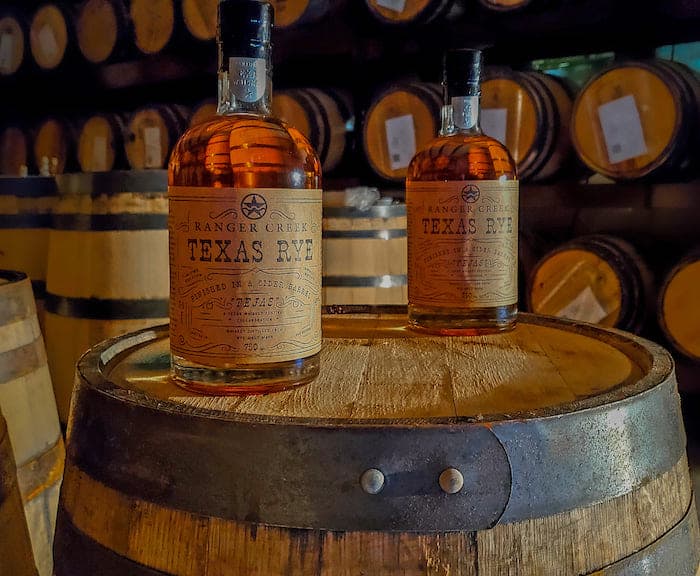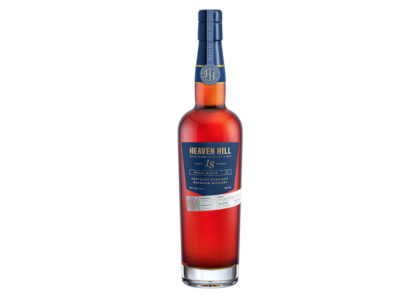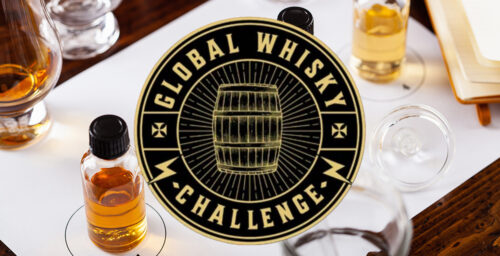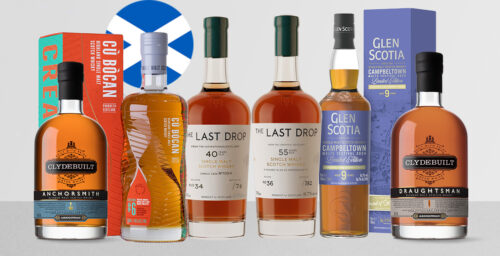Editor’s Note: This whiskey was provided to us as a review sample by the Texas Whiskey Festival/Ranger Creek. This in no way, per our editorial policies, influenced the final outcome of this review.
A dozen years ago, Balcones and Garrison Brothers were the only Texas distilleries in operation, both young and unproven. Today, they have a lot of company. The craft-distilling boom that has taken root nationwide found especially fertile ground in the Lone Star State.
Jake Clements says the growth has been unbelievable, and that it’s an advantage for the newcomers to be making whiskey in an area that doesn’t have many preconceived notions. The co-founder and director of the Texas Whiskey Festival (disclaimer: our editor-in-chief has been a judge at this event) says the hallmark of whiskey-making in the state is creativity, collaboration and a general lack of pretense – all of which makes it harder to pin down exactly what Texas whiskey is than would be the case in more established regions.
“All of these guys are really trying to experiment, trying to push the envelope of what whiskey can be,” Clements says. “It’s a very young industry when you compare it with somewhere like Kentucky, right? We’re still kind of figuring it out.”
The festival started in 2017 with 11 distilleries and 550 visitors. This year’s version, held in March just before the pandemic curtain dropped, included 27 distilleries and attracted more than 1,200 visitors. The State of Texas has issued more than 100 distillery permits all told, most of them in the last handful of years.
With regards to the whiskey I’m reviewing here the website TexasBeyondHistory.net, which bills itself as “the virtual museum of Texas’ cultural heritage,” says the word “tejas” is the Spanish spelling for a Native American word from the Caddo Nation. It means “friend” or “ally,” and eventually inspired the more anglicized “Texas” we know today.
Clements says the tejas concept captured perfectly what the Texas Whiskey Festival was hoping to accomplish with a new type of collaborative project this year. Starting with Ranger Creek Brewing & Distilling in San Antonio, the festival hopes to work with distillers around the state to try different techniques for limited-edition runs of whiskies the festival will then help promote. Ironroot Republic Distillery in Denison and Balcones Distilling in Waco have already signed on for upcoming projects.
Ranger Creek’s first crack at what will become the Tejas series starts with a base of the distillery’s .44 Rye, which had been aged 2 ½ years in used bourbon barrels. In this case, the Festival acquired an apple-cider cask from a cidery in Austin, which was used to finish 50 gallons of the Ranger Creek rye for an additional six months.
Clements joined Ranger Creek Head Distiller Josh Gardner when it came out of the cider cask, and they “tried it at different proofs, and eventually ended up where we’re at.” The result is 270 bottles of Tejas rye finished in an apple-cider cask, which was available for pick up only at the distillery tasting room.
The cider finishing is evident before you take your first sip, with a big whiff of apple coming through on the nose. I love the smell of traditional whiskies, and was put off a bit by the sweetness and fruitiness of this one. But my wife, not much of a whiskey drinker, found it interesting. It made her think there might be whiskies out there that appeal to her, after all.
Both reactions go to the heart of what Clements is hoping for with the Tejas partnerships.
“It’s all about experimentation,” he says. “The idea is to introduce new people to these Texas-based brands.”

Tasting Notes: Ranger Creek Texas Rye Finished in a Cider Barrel (Tejas Series)
Vital stats: 47% ABV; 94 proof. Total of 270 bottles made; 100% rye mash bill. Was available only at the Ranger Creek tasting room in San Antonio; $70 for a 750 ml bottle. Bottle includes a “Certified Texas Whiskey” sticker from the Texas Whiskey Association, a trade group that grants permission for such a sticker if the juice is “mashed, fermented, distilled, barreled and bottled in the state of Texas, with no additives other than ‘Texas-sourced water.’”
Appearance: Gold with a hint of orange peel.
Nose: Far sweeter than you expect with 100% rye; vanilla and tobacco up front, then baked apples come to the fore (and dominate).
Palate: This is a mellow and approachable whiskey. Hay and smoked-peach cobbler early, then spice and a little more tartness mid-palate. Fades quickly and gently, never feeling boozy.







